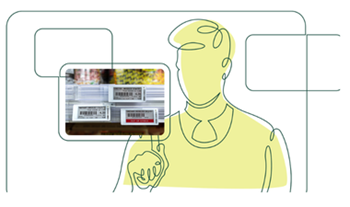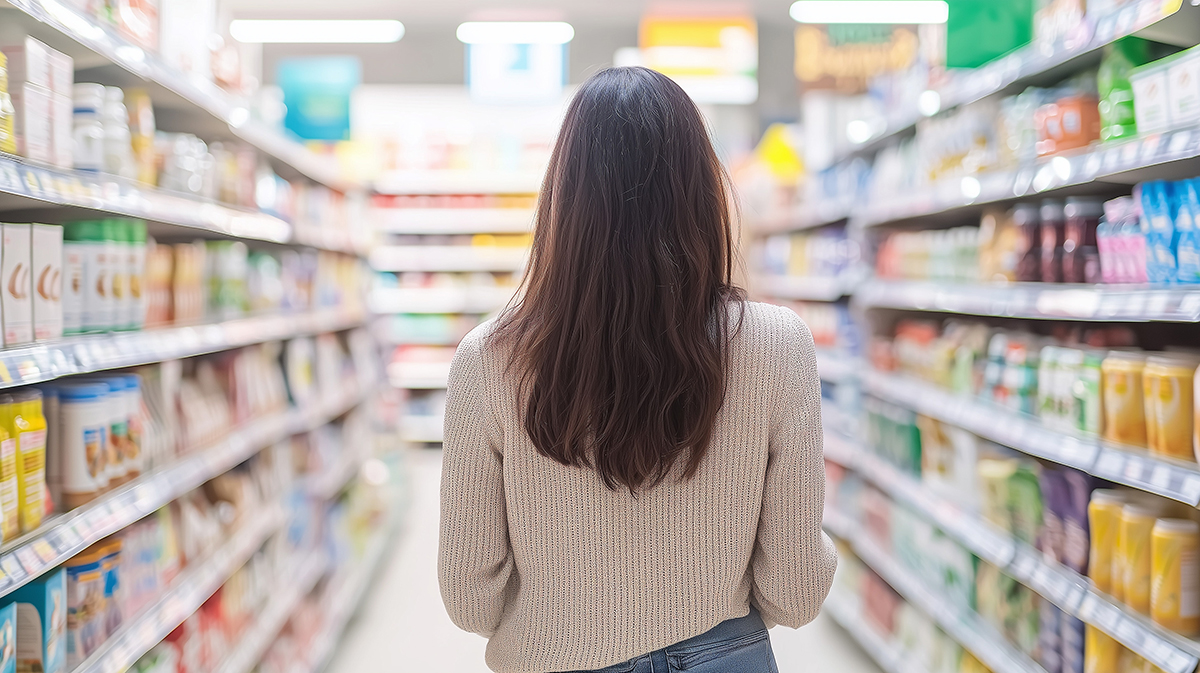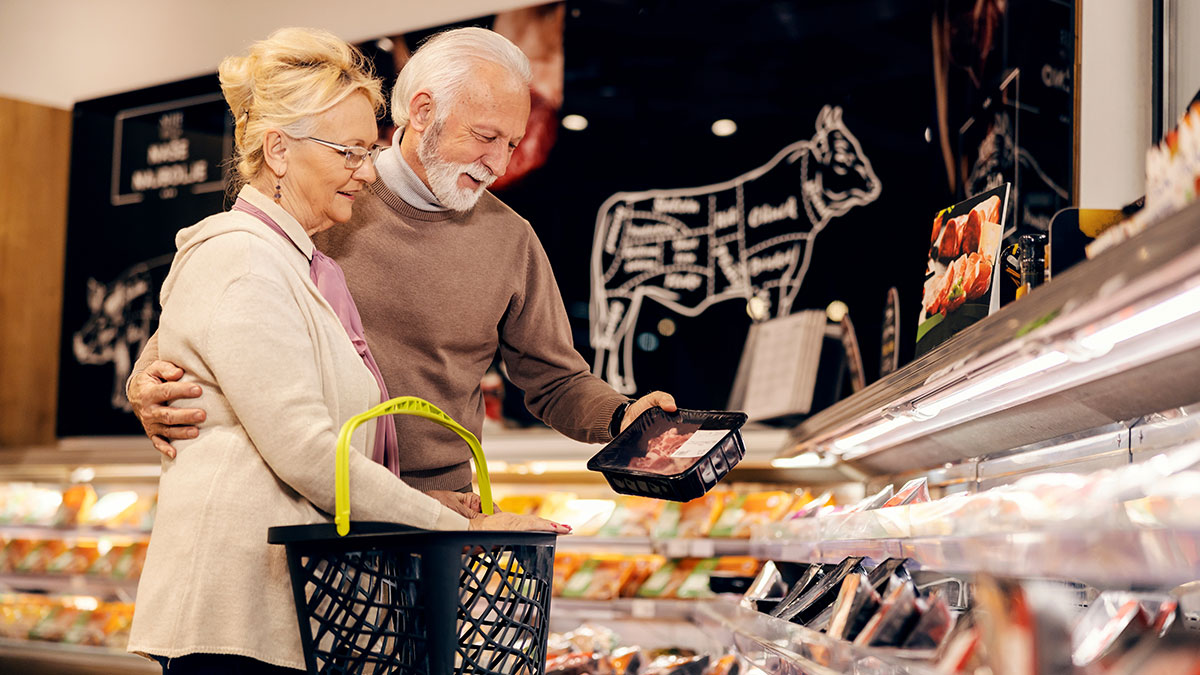This is the eleventh installment of FMI's Technology Blog Series, which explores digital innovations for the food industry and shares compelling insights from our research.
By: Doug Baker, Vice President, Industry Relations, FMI

When I was a kid, my grandmother drove a Chevy Nova. She drove that car until it gave out—I remember you could see the road pass beneath your feet while driving down the road! It was a great car, but simple—not a lot of fancy technology. You had to roll down the window by hand, if you know what I mean. Today, you’d be hard-pressed to find a contemporary car that isn’t decked out with technology, and we’re way beyond power windows. Some new cars even use artificial intelligence (AI) to tell if the driver is alert and prepared to drive!
Cars aren’t the only products that have received a technology upgrade. You might not know it, but more and more grocery store shelves are high-tech. According to FMI’s The Food Retailing Industry Speaks 2024 report, 24% of food retailers surveyed are currently using Electronic Shelf Labels (ESLs) and 29% plan to use them in the future. These modern shelves offer a sustainable and efficient solution for food retailers. Here’s how:
Reimagining an Old-School Process
For decades, food retailers have used paper shelf tags to convey product pricing to shoppers. FMI estimates, based on member feedback, that a grocer, depending on their size, likely prints at least 5 million price tags weekly across the entire company. The paper, ink, and transportation needed for these price tags can be costly and wasteful. The process of updating paper shelf tags is also labor-intensive. According to several FMI members, for an average store, more than 7,000 price tags a week must be changed by hand, requiring two to three employees to make these changes weekly.
ESLs are more efficient because displayed prices are controlled at the store and company level, thereby allowing for the adjustment of pricing daily and weekly depending on sales and promotions. Modern ESLs also convey more information to shoppers than price alone—they can display allergen information, nutrition guidance and more information to allow shoppers to make informed purchases. Staff, which once spent hours changing price tags, can be re-skilled to offer enhanced customer service support to shoppers.
Added Features and Benefits of ESLs
ESLs also help reduce shrink and improve the online and in-store customer experience. Modern ESLs often include cameras that monitor inventory across the aisle. These cameras cancel out human images and instead focus on inventory, alerting employees when a product runs out. Often, with paper price tags, new tags are placed over old tags, or they become damaged, leading to customer confusion. Modern ESLs can also support ecommerce purchases by assisting in-store product pickers. Some ESLs can communicate with hand-held devices to light up and allow the picker to find products faster. This creates efficiencies that ultimately benefit the shopper.
Electronic Shelf Labels and Dynamic Pricing
Prices shown on ESLs are controlled both at the company and the store level and can be changed to allow products to be discounted before expiration. For example, the price of prepared foods with a shorter shelf life can be lowered via an ESL to encourage purchase before expiration. This helps reduce food waste and benefits the consumer seeking deals and value.
Surge pricing, which is a form of dynamic pricing, is the practice of charging more for a product for a period of time when demand is high. For example, express lanes on highways often charge surge pricing during high-traffic periods. While food retailers may raise prices due to market conditions, raising prices during peak business hours for short periods of time is not a commen practice. More often, grocery stores decrease product pricing to encourage shoppers to purchase before expiration or to more quickly clear out slow-moving inventory.
The next time you’re in a grocery store aisle or test-driving a new car, pause and marvel at how far technology has taken us—it’s all designed to support an enhanced customer experience.
Download The Food Retailing Industry Speaks


 Industry Topics address your specific area of expertise with resources, reports, events and more.
Industry Topics address your specific area of expertise with resources, reports, events and more.
 Our Research covers consumer behavior and retail operation benchmarks so you can make informed business decisions.
Our Research covers consumer behavior and retail operation benchmarks so you can make informed business decisions.
 Events and Education including online and in-person help you advance your food retail career.
Events and Education including online and in-person help you advance your food retail career.
 Food Safety training, resources and guidance that help you create a company food safety culture.
Food Safety training, resources and guidance that help you create a company food safety culture.
 Government Affairs work — federal and state — on the latest food industry policy, regulatory and legislative issues.
Government Affairs work — federal and state — on the latest food industry policy, regulatory and legislative issues.
 Get Involved. From industry awards to newsletters and committees, these resources help you take advantage of your membership.
Get Involved. From industry awards to newsletters and committees, these resources help you take advantage of your membership.
 Best practices, guidance documents, infographics, signage and more for the food industry on the COVID-19 pandemic.
Best practices, guidance documents, infographics, signage and more for the food industry on the COVID-19 pandemic.
